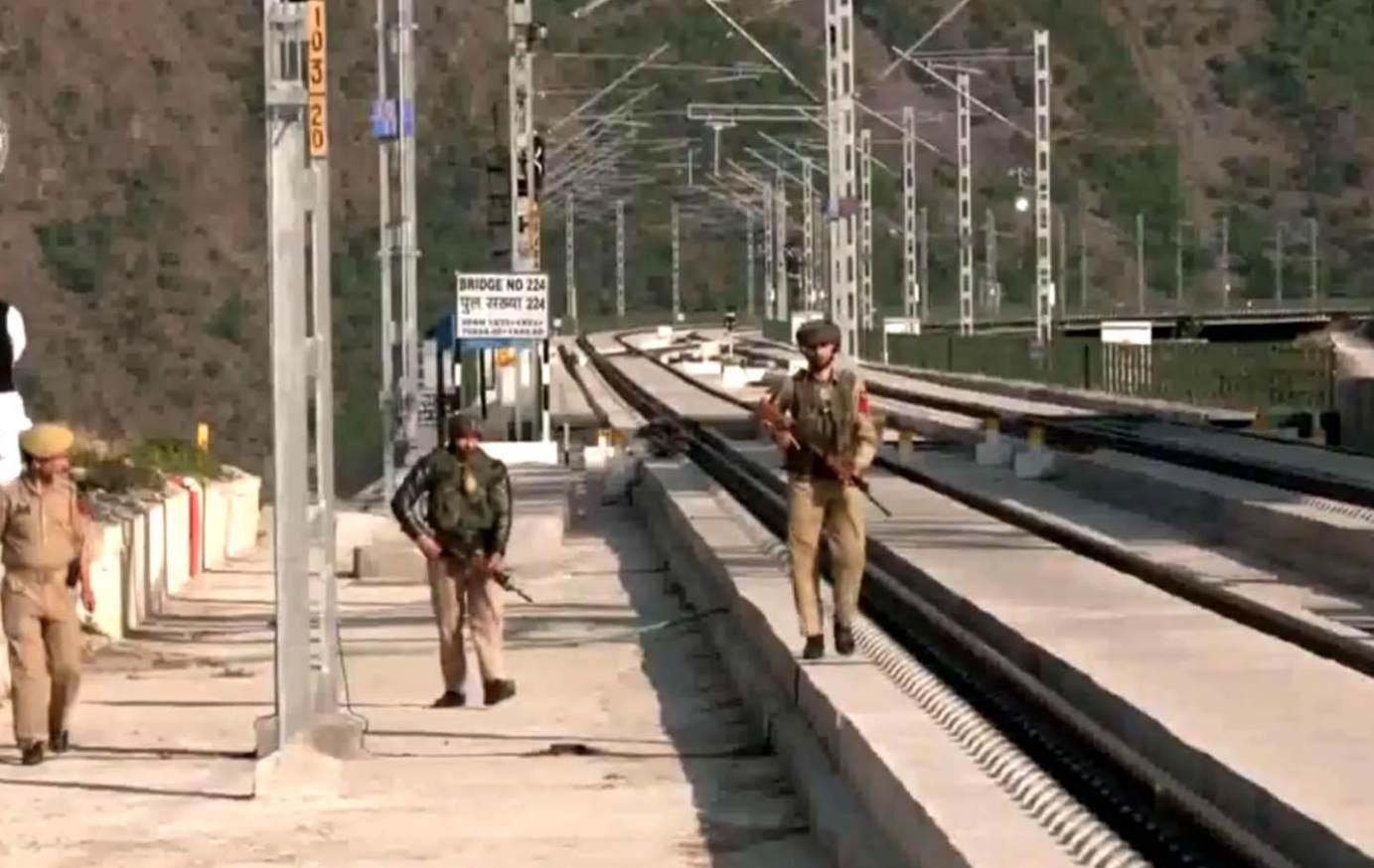Building Bridges Over Broken Truth

Steel bridges may rise over the gorges of Kashmir, but no infrastructure can bridge the chasm between occupation and justice. As Indian Prime Minister Narendra Modi prepares to inaugurate the Udhampur-Srinagar-Baramulla Rail Link (USBRL) project on April 19 in Indian Illegally Occupied Jammu and Kashmir (IIOJK), a grand spectacle is being orchestrated to project an illusion of normalcy, development, and integration. At its core, however, this event reflects a carefully curated political performance—designed not to uplift the region, but to obscure the deep and ongoing human rights violations that define life under occupation.
Modi’s upcoming rally in Katra and the ribbon-cutting ceremony for the USBRL are not signs of peace—they are optics, aimed at legitimizing India’s presence in a region it has neither entered through consensus nor governed through compassion. The USBRL project, particularly the widely publicized Chenab Bridge, is being positioned as a marvel of engineering and a symbol of progress. But for the people of Kashmir, whose daily lives remain shadowed by military boots, barbed wire, and surveillance, these grand announcements serve as hollow pageantry.
The USBRL is not merely a development initiative. It is a dual-use infrastructure with significant strategic value for the Indian military. By connecting key regions through an efficient rail corridor, it allows for rapid troop and equipment deployment to sensitive forward areas. This militarized connectivity underscores India’s long-term objective—to consolidate control through logistical dominance, not through reconciliation or restoration of political agency. Far from serving Kashmiri civilians, such projects reinforce the machinery of control.
The Indian government has consistently used large-scale infrastructure to distract from the reality on the ground. With headlines focusing on the “world’s highest railway arch bridge,” little attention is paid to the persistent instability that belies the claims of peace. Only days before Modi’s visit, an Indian soldier was injured by a landmine in the Mendhar sector—a stark reminder of the unresolved conflict along the Line of Control. Frequent encounters, infiltration attempts, and rising freedom fighter activity in Rajouri-Poonch and rural Jammu further reveal the fragile security situation, even as New Delhi insists on broadcasting stability.
Political voices from within India itself have started to break ranks with the official narrative. Congress leader Tariq Hameed Karra’s recent remarks criticizing the central government’s inability to secure Jammu’s vulnerable hinterlands directly challenge Modi’s messaging. Such criticism reflects the widening gap between New Delhi’s projection of control and the lived experiences of those on the ground. Meanwhile, Lieutenant Governor Manoj Sinha’s speech on Rajouri Day, where he attributed unrest to an “enemy nation,” once again showcases the Indian state’s default strategy—externalizing blame to justify its own failings in governance and accountability.
The Rajouri Day commemorations themselves were less about remembrance and more about symbolism. With senior army commanders and high-ranking security officials in attendance, the militarized nature of the event laid bare the real instruments through which India seeks to impose authority in Kashmir. These spectacles are not about healing or inclusivity; they are about reinforcing state narratives through force, ceremony, and calculated messaging.
India’s approach in IIOJK has become increasingly reliant on strategic communication campaigns that serve both domestic and international purposes. On the home front, such events bolster nationalist narratives by presenting Kashmir as an integrated, thriving region under New Delhi’s care. Internationally, they are designed to deflect scrutiny over the deteriorating human rights situation and the suppression of civil liberties. This dual strategy—development optics coupled with coercion—allows India to mask occupation with innovation and militarization with modernization.
From Pakistan’s perspective, India’s current trajectory in IIOJK is not one of democratic assimilation but of hegemonic absorption. The deployment of infrastructure like USBRL, though couched in development rhetoric, is ultimately part of a larger framework of domination—where physical connectivity is weaponized to cement political control, and public discourse is shaped by selective storytelling rather than inclusive dialogue.
The people of Kashmir have consistently been denied the right to determine their political future. What they witness now is not empowerment, but entrenchment. The symbols of progress being paraded are not designed with them in mind; they are crafted for external observers and domestic audiences. Between the echoes of Modi’s speeches and the clamor of construction, the silenced voices of Kashmiris continue to call for justice, dignity, and the right to be heard.
As Modi steps onto the newly laid tracks in Katra, it is not just a train that is set to move—it is a narrative, carefully engineered, strategically routed, and entirely disconnected from the station of truth.











